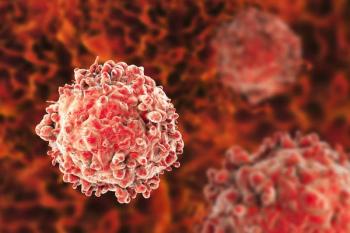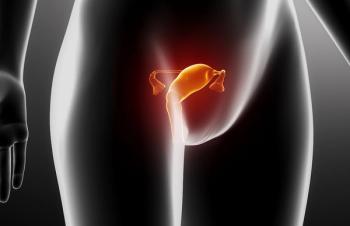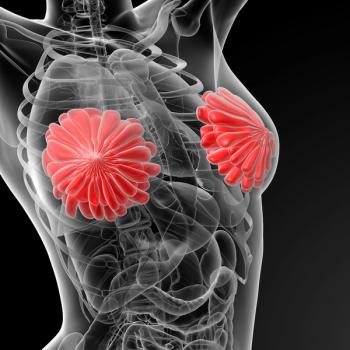
State of Crisis, Again
A newly released report by NCI- A National Cancer Clinical Trials System for the 21st Century: Reinvigorating the NCI Cooperative Group Program-has concluded that our national clinical trial system is nearing a “state of crisis.” This seems like a case of new report, same conclusion.
A newly released report by
The report identified four major reasons for our system’s lack of production. To me, the most important finding was the sheer time it takes to organize and launch a trial: more than 2 years of slugging through a Kafkaesque maze of bureaucracy to launch the average cancer clinical trial.
By that time, if the trial finishes at all, the compound or therapy has a good chance of being out of date. End result: a huge amount of wasted time and money.
Randomized controlled trials are still the gold standard by which we bring promising new cancer agents through FDA approval, and, ultimately to the clinic. In order to make this valuable system more adept at delivering high-value therapies for our cancer patients, we need to increase awareness and make it a national priority to streamline the overwrought process in which we move science discovery from bench to bedside.
Newsletter
Stay up to date on recent advances in the multidisciplinary approach to cancer.
































































































